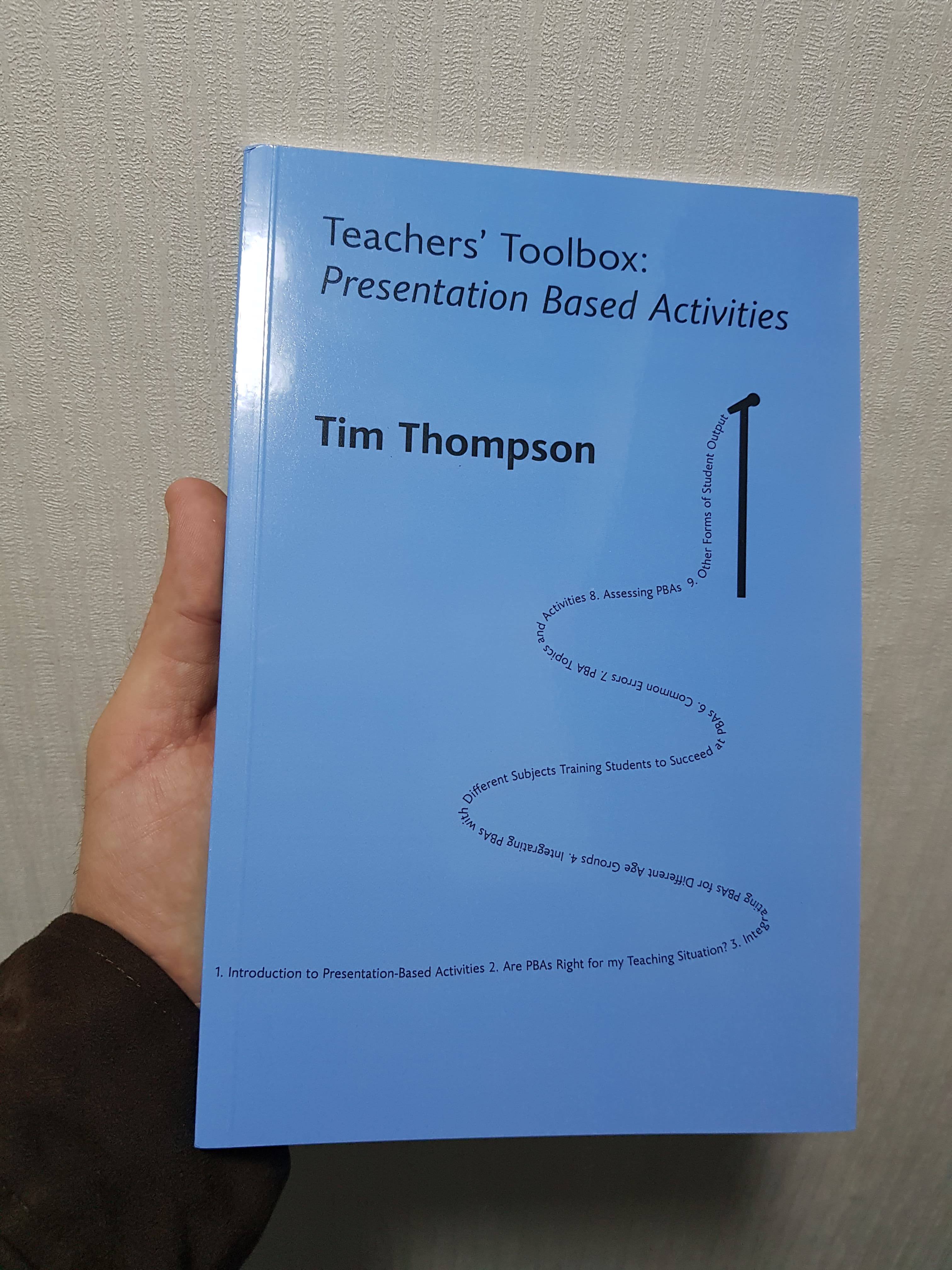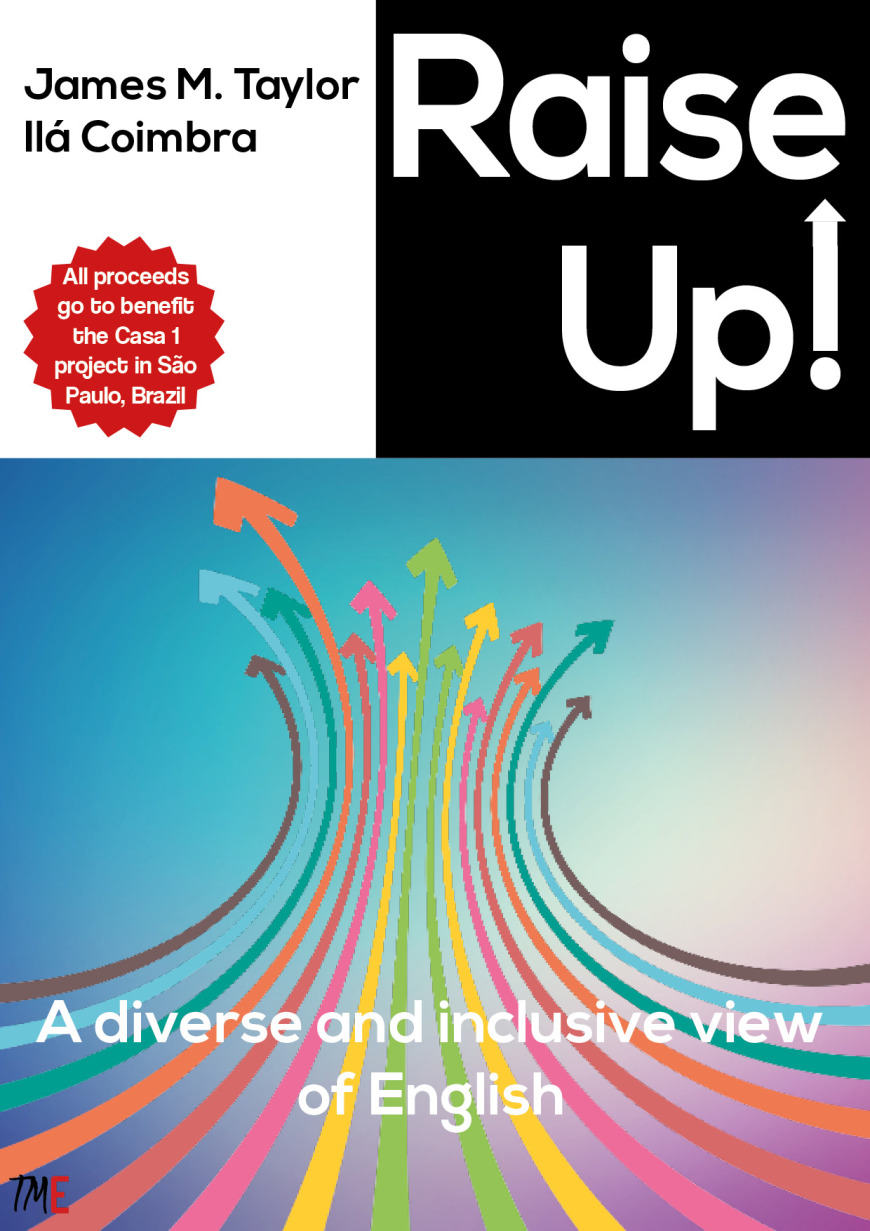 The Publishing in Self-Publishing
The Publishing in Self-Publishing
Dorothy Zemach
I think when some people think about the term “self-publishing,” they find it very empowering, because of that word “Self.” You have control over your content; you choose your own deadlines; you set your prices; and you keep all of the money earned.
But in this article I’d like to talk about the other half of the term, the “publishing” part. Yes, you either do the work or source the work yourself – but what exactly is that work? And how does one go about doing it or making sure it gets done?
I’m sure it’s no surprise to hear that you’re responsible for coming up with an idea, and then writing your book. But even at that stage you need to think as a publisher and not just a writer – meaning, you need to consider your potential audience. Ideally, you would do this before you ever write a word, while you’re writing, and after you finish. Who are you writing for? What do those people want to know, or want to read, or want to learn – and how do you know? What steps are you taking to ensure that you’re fulfilling these wants? Will you get test readers (sometimes called “beta readers” or “cold readers”), or can you get a colleague to teach from some of your materials, or will you hire a developmental editor?
Have you taken stock of existing materials in your area? How does your work offer a fresh variation of their strengths, and avoid or improve upon their weaknesses? What are people buying now (because your book doesn’t exist yet), and how will your offering be an improvement?
These questions inform one area of the marketing department of a traditional publisher. When you’re self-publishing, you become your own marketing department. While you won’t have the reach of a large publisher, you can leverage social media and your networks of friends and colleagues to help answer those questions. But if you don’t do that work at all, you risk pouring time and energy into a book that isn’t actually what people want.
Even if you don’t work with a developmental editor who helps shape your work as you’re writing, you’ll want an editor to work on the finished manuscript. Yes, even if you’re an English teacher. Even if you work as an editor yourself. A person who acts as their own lawyer has a fool for a client, as the saying goes – there’s some truth to that, too, for writers who do their own editing. You’re so close to your own work that you just don’t have the objectivity and perspective that another person does. The novelists who win a Pulitzer or the Booker prize have editors, and it’s not because they’re not good with words.
If you were writing for a publisher, you’d get a developmental editor, a copy editor, and a proofreader. But you can hire people to do that work for you, too. In fact, these days the larger publishing houses are laying off editorial staff right and left and hiring freelancers. So you can not only hire the same level of expertise, you can in many cases hire the identical experts used by the big publishers. I do think it’s important for ELT writers to have an editor who knows the field, though. If you’re writing a guide to setting up an extensive reading program, you’re going to want an editor who knows what extensive reading is. After all, they need to be able to judge the effectiveness of your materials. As self-publishing becomes more common, though, more freelancers are specifically positioning themselves to work with indie authors.
You’re going to need a cover for your book. If it’s an ebook, that will be a single “page” – an image and some text. For a paperback, you’ll also need a back cover, with a description of the book, and a spine. An audiobook will need a special version of your cover in the correct size.
Cover design is not easy – especially if you’re not a designer. Not that it’s hard to find an image and place text on it, but the challenge is to create a cover that both represents your book and sells your book. I advise people to check the list from Amazon or Apple of the top 100 books in their genre and see what those books have in common. Those are books that are selling; you want to sell too! Do the top books have abstract covers? Are they using photographs? What colors are associated with different levels? I’ve seen authors really dig in at this point and say, “But I want to use this photo because it’s one I took myself of my favorite place to sit and think about reading—it’s the underside of the bridge by my department!” Well, fine, that’s meaningful to you – but it’s not going to mean anything to your customers.
I started out doing my own covers, but these days I work with a cover designer. A good designer has some knowledge of what looks are selling; they’ll also have access to far more fonts and photos and drawings than you can find on free sites (and perhaps even a paid stock photo site, as designers often subscribe to more than one). In the course I teach, I do take people through the process of creating their own cover, but that’s partly to get a cover done and partly to understand just how much goes into one – so people can get a feel for what they can do but also what they cannot do. You need to know when to turn to an expert.
It does cost something to hire an editor and a proofreader and a cover designer. However, those are one-time fees, and if your book sells, you’ll be making money year after year. It is, of course, completely possible to skip all those steps and still wind up with a product that you can upload to retail sites. But if you aren’t interested in doing the work of publishing, I’d suggest that your work might be better suited for blogging or posting on your own site. If you publish on a retail site, you are declaring to the world that your work is worth someone’s money and time; and you therefore have a responsibility to make sure you have created something of quality.
The final piece of the process is sales. I feel this is perhaps the hardest area for self-publishers, but then it’s also hard for traditional publishers, even those armed with a global sales force. The challenges are greater for indies, though. How do you reach potential customers in other countries? How can you get the word out that your book even exists? As with your initial market research, here is where you can draw on social media and your existing networks, but for most people, those are not places to push sales, not beyond an initial announcement or two. While editors and even cover designers for indie ELT authors have started showing up, I haven’t yet come across anyone working seriously in sales and marketing for indie ELT authors (there’s a market niche for someone enterprising!). However, a look at the Amazon top 100 lists for ELT materials will also show you how many self-publishers are able to reach buyers. So while it may not seem easy, it’s definitely possible.
This is a terrific time for self-publishing. The barriers for entry are low and the market for creative and innovative materials is wide open. You will need some resources to help bring your product to the market—but it’s possible to do so. Those interested in joining the 2021 iTDi course I’m running on self-publishing for ELT professionals can click here. Hope to see you there! And your books for sale.
 The ELT Workshop
The ELT Workshop

 The Publishing in Self-Publishing
The Publishing in Self-Publishing How You Can Self-Publish and Fill the Gap
How You Can Self-Publish and Fill the Gap
